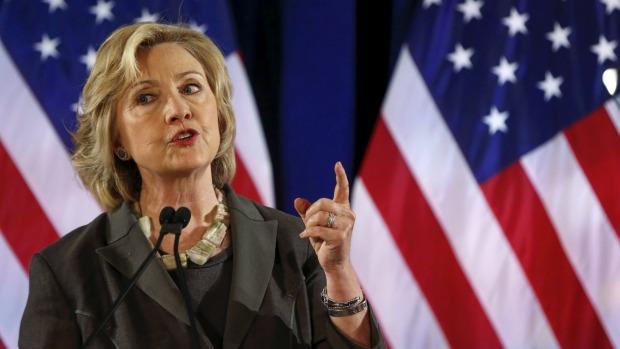As part of our our ongoing analysis of the candidates for the 2016 presidential election, Solar Tribune examines Hillary Clinton’s stand on issues important to the solar industry.Without a doubt, of all of the 2016 presidential contenders, Ms. Clinton has been the most vocal supporter of federal government support for the solar industry and its importance to the future of the US economy. The former Secretary of State and Senator from New York has made supporting solar development a cornerstone of her campaign. Clinton’s ambitious solar plan includes a seven-fold increase in solar generating capacity 2020, from the current 21.12 gigawatts to 140 gigawatts. That is roughly equal to adding 120 natural gas power plants to the grid. Setting ambitious goals for new economic growth are a favorite pastime of political candidates, but the devil is in the details. How does Clinton plan to make her plan to reality?
One major concern of the solar industry is the impending sunset of the federal solar investment tax credit (ITC.) The ITC is set to expire in 2016, before a new presidential term begins. In the current utility regulatory environment, the ITC has been a lynchpin to the exponential growth of the American solar industry. In a fact sheet published by the Clinton campaign earlier this summer, the writer states that Clinton would “Fight to extend federal clean energy incentives and make them more cost effective both for taxpayers and clean energy producers.”
The ambitious plan also cites investment in R&D, infrastructure improvements, renewable development on federal land and access to solar for low-income families as other as other ways to maintain solar growth. The plan also lays out a solar challenge that will include.
- Climate Action Competition: Competitive grants and other market-based incentives to empower states to exceed federal carbon pollution standards and accelerate clean energy deployment.
- Solar X-Prize: Awards for communities that successfully cut the red tape that slows rooftop solar installation times and increases costs for businesses and consumers.
- Transforming the Grid: Work with states, cities and rural communities to strengthen grid reliability and resilience, increase consumer choice and improve customer value.
- Rural Leadership: Expand the Rural Utilities Service and other successful USDA programs to help provide clean, reliable, and affordable energy, not just to rural Americans but to the rest of the country as well.

Clinton’s commitment to solar development is not a recent development. In 2007, as a US senator from the state of New York, she co-sponsored an amendment (with fellow democratic presidential candidate Bernie Sanders) to provide training to workers entering the renewable energy field. She repeatedly voted for extension of renewable energy tax credits. In 2006, she proposed repealing oil tax credits and using the windfall to set up a $50 billion fund to support renewable development.
Unfortunately for Ms. Clinton, the sincerity of her vocal support for the renewable energy sector has been called into question by journalist who have looked into her campaigns financial contributors. According to Mother Jones:
“Nearly all of the lobbyists bundling contributions for Democratic presidential candidate Hillary Clinton’s campaign have at one time or another worked for the fossil fuel industry…A list of 40 registered lobbyists that the Clinton camp disclosed to the Federal Election Commission on Wednesday revealed a number of Democratic Party lobbyists who have worked against regulations to curb climate change, advocated for offshore drilling, or sought government approval for natural gas exports.”
Can Clinton continue to take large contributions from the fossil fuel industry win an election and still deliver on her solar promise? Time will tell, but for now, she is talking a good game.







